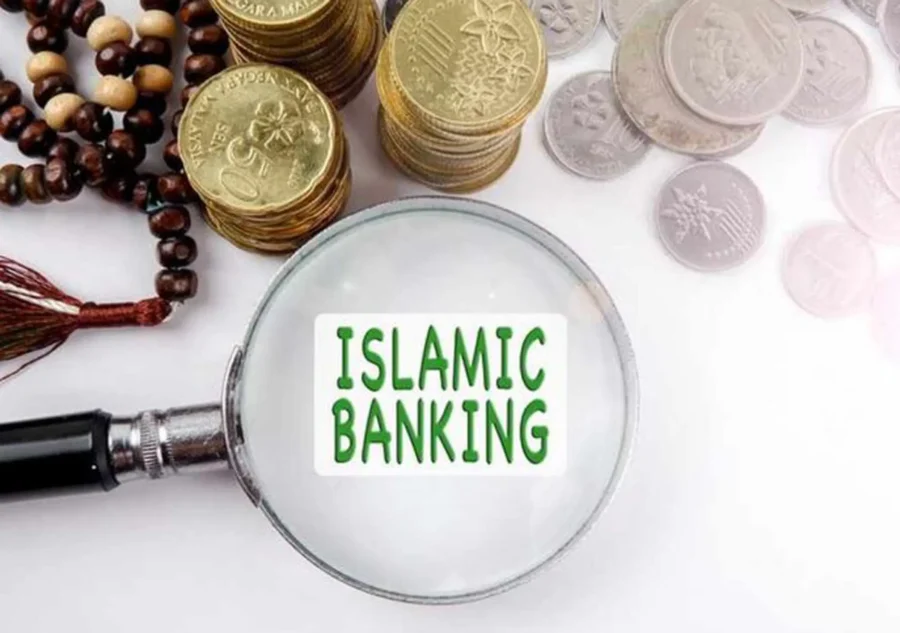Islamic financing, also known as Murabaha financing, reached MAD 21.4 billion ($2.4 billion) in Morocco in 2023, up from MAD 17.4 billion ($1.9 billion) a year earlier, according to the latest report by Bank Al-Maghrib (BAM).
Real estate dominated the allocation of funds, accounting for 80.4% of total participative financing.
Equipment financing followed with 13.5%, while consumption and cash flow financing made up 6.1% of the total.
The central bank’s 20th annual report on banking supervision highlighted that participative financing in Morocco primarily consists of Murabaha contracts, which represented 99% of the financing types, with Salam contracts making up the remaining 1%.
Murabaha financing saw a remarkable year-on-year growth of 20.1%, with total outstanding amounts reaching MAD 28 billion ($3.2 billion).
The net amount stands at MAD 21.2 billion ($2.4 billion). Within the Murabaha portfolio, 81% was allocated to real estate, 13.6% to equipment, and 5.5% to consumption.
The net amount reflects Murabaha financing after excluding advance margins – without including anticipated future profits or costs that are not yet realized.
While it remains in its early stages of development, Murabaha financing has recorded the highest annual growth rates since its emergence in 2018, growing at a year-on-year rate of 75% between 2019 and 2020. As of May 2022, Morocco’s Islamic banking sector comprises five banks and three participative funding structures within conventional banks.
Morocco was the last Arab country to introduce the proper legislative framework that would allow for the creation of Islamic banking institutions.
The North African country only recently welcomed its first Takaful insurance institution, which functions in accordance with Sharia law, in January 2022.
In the course of the same month, two Qatari financial institutions and an international insurance company announced a partnership with Moroccan banking group CIH to create an Islamic financing insurance provider under the name of Takaful Insurance.
Despite the significant strides Morocco has made in stimulating the creation of an Islamic financing sector, it remains less robust than the Islamic financing industries of other Muslim countries.
Islamic financing is a highly competitive landscape with a total market cap of $2.2 trillion in 2021. Major Islamic banks are mainly clustered in the Middle East region.—Morocco World News










